As most of the web traffic comes from web crawlers, making content that is streamlined for the search engines is probably the most ideal approach to popularize your brand. While traditional marketing may have considered these two concerns separate, they are part of a unified content methodology that makes SEO a factor at the beginning phase, delivering content that flawlessly mixes engaging writing with SEO-rich markers.
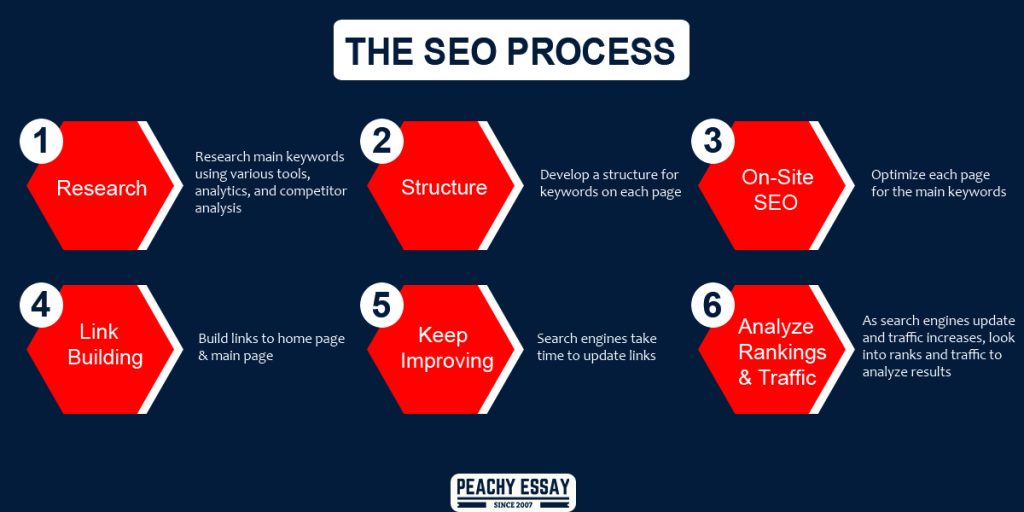
Your content should be elegantly composed, dynamic, and loaded with important data for your crowd, yet none of that is important if it is hidden in a particular corner of your site.
A high SEO positioning can haul your content out of lack of clarity and get it before another readership.
The Most Effective Method on How to Write SEO Friendly Articles
This article gives tips on composing blog posts that are SEO-friendly and readable. These two objectives should consistently go connected as we believe that writing in a coherent language gets you more visitors and keeps them on your site.
Here are the tips on how to write SEO friendly articles.
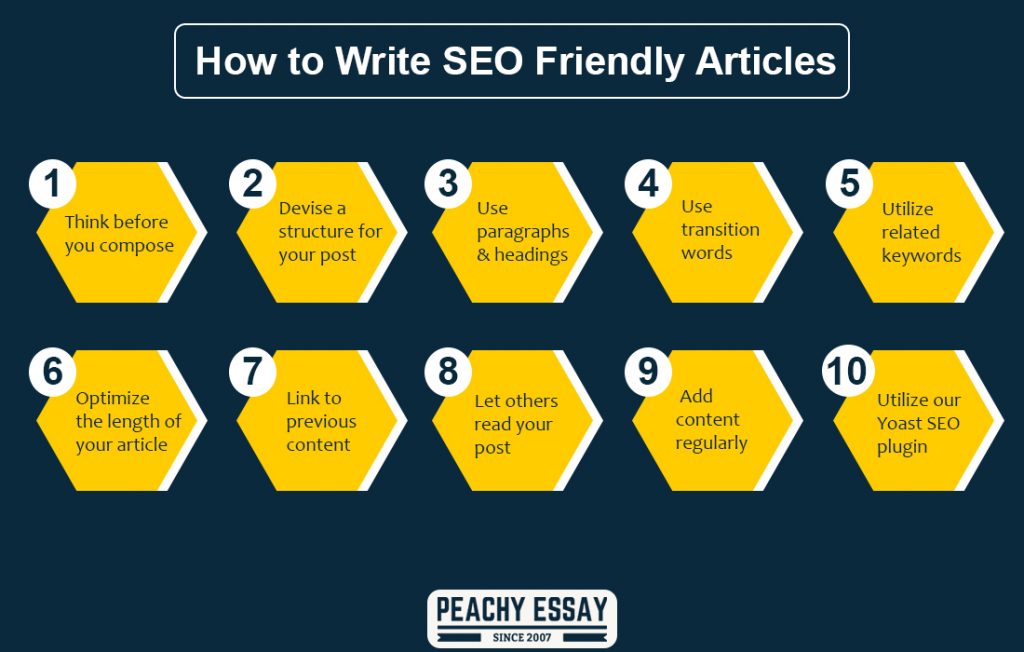
1. Think before you compose
Before you start, ponder the message of your piece. What would you like to tell your readers or which focal inquiry would you like to reply? What’s the reason for your article? What’s more, what do you need your readers to do toward the finish of the page? Record the responses to these inquiries before you start and consider the pursuit purpose somebody may have. A simple method to get an understanding of this is by taking a look at the indexed lists for the pursuit term you need to rank with.
2. Devise a structure for your post
To compose a discernible and SEO-accommodating blog post, you have to make a reasonable structure. This implies that each post ought to have:
- Some kind of introduction (where you present your point);
- A body (wherein the principle message is composed);
- A conclusion (where you sum up the fundamental thoughts or make an inference).
In a couple of sentences, write what you need to state in every one of the three areas. You’ve presently made an outline of your post; this will assist you with making an organized and readable blog post. Now, genuine composing can start.
3. Use paragraphs and headings
Everyone utilizes sections; however, not every person utilizes them well. Try not to begin each new sentence on another line, since it looks decent. Likewise, make an effort not to make them excessively long, as each passage ought to have its own thought or subject. Request yourself what the primary thought from each passage is. You should have the option, to sum up, that fundamental thought in one sentence. In the event that that is impractical and you need more sentences to clarify the fundamental thought, you just need to utilize more paragraphs.
Legitimate headings additionally help your readers comprehend what is the issue here. In the event that you need individuals to discover their way through your articles, use subheadings to lead them, assist them with checking your page, and explain the structure of your articles. They’re significant for lucidness and for SEO. That is the reason you should utilize your keyword in some of the subheadings. I do mean some of them, as utilizing your keyword in each heading will make the content awkward and unnatural. This will put individuals off perusing further.
4. Use transition words
Transition words assist individuals with looking over your content and comprehend the connection between sentences and passages. For instance, suppose that there are three purposes behind individuals to purchase your item. You should utilize signal words like: ‘above all else’; ‘also’ lastly’. Additionally, words like ‘notwithstanding’, ‘also’ and ‘for instance’ give an unmistakable sign to your readers. Perusers will right away get that an end will trail words like ‘to summarize’ or ‘in short’. Progress words are thusly imperative to add structure to your content.
5. Utilize related keywords
Stuffing your article with your focus keyword makes it less alluring to peruse, yet it can likewise hurt your rankings. Google is getting more intelligent and it needs you to compose content that clients will cherish. It doesn’t need you to utilize your focus keywords in each other sentence and has different approaches to investigate what is the issue here. One of the manners in which Google comprehends the subject of your content is by perceiving equivalents and different keywords that are identified with your focus keyword. That is the reason you should utilize equivalents and related keywords all through your duplicate.
6. Optimize the length of your article
Ensure your blog posts have at least 300 words; however, keep the length of your article adjusted. Google prefers long articles, in any case, if your article is too long it can frighten clients off. I would encourage you to possibly compose long articles when you know you’re a talented author.
7. Link to previous content
In the event that you’ve just composed content on a similar point as your present post, remember to link to and from these posts. It will make your new blog post, and the current posts, more grounded in light of the fact that you’re indicating expert regarding the matter. Just as that, your link structure is likewise significant for your rankings in Google. Also, we should not fail to remember that connecting to other content about a subject is incredible for your readers, as they might be keen on perusing these connected posts as well. It causes them to explore your site.
8. Let others read your post
Prior to distributing your post, try to let another person read it first. Find out if they comprehend the fundamental idea of your post and welcome them to address any mistakes and linguistic blunders. This can help you by giving a target perspective on the coherence and allure of your content. In the event that you have somebody in your group who turns out to be a specialist on the subject you’re expounding on, make a point to run your post past them. That way they can check whether you’re covering all you require and offer recommendations to make your post far superior.
9. Add content regularly
Consistently adding new blog posts to your site reveals to Google that your site is alive. This is significant since supposing that your site isn’t dynamic, Google will slither it less frequently and this may contrarily influence your rankings. In any case, don’t simply post for posting. Ensure that all that you post is excellent content: useful, elegantly composed articles that engage readers and fit their hunt aim.
If you experience issues posting on a normal basis, it very well may be a good thought to make a publication schedule for your blog. This permits you to structure this cycle such that fits you and your group.
10. Utilize our Yoast SEO plugin
The investigation instrument in our Yoast SEO plugin causes you to compose comprehensible and SEO-friendly blog posts. Start by picking the main inquiry term you need individuals to locate this specific page for.
How Do I Create SEO Content?
Website optimization content is any content made with the objective of enhancing internet searcher traffic.
Here are the means to take to make SEO content.
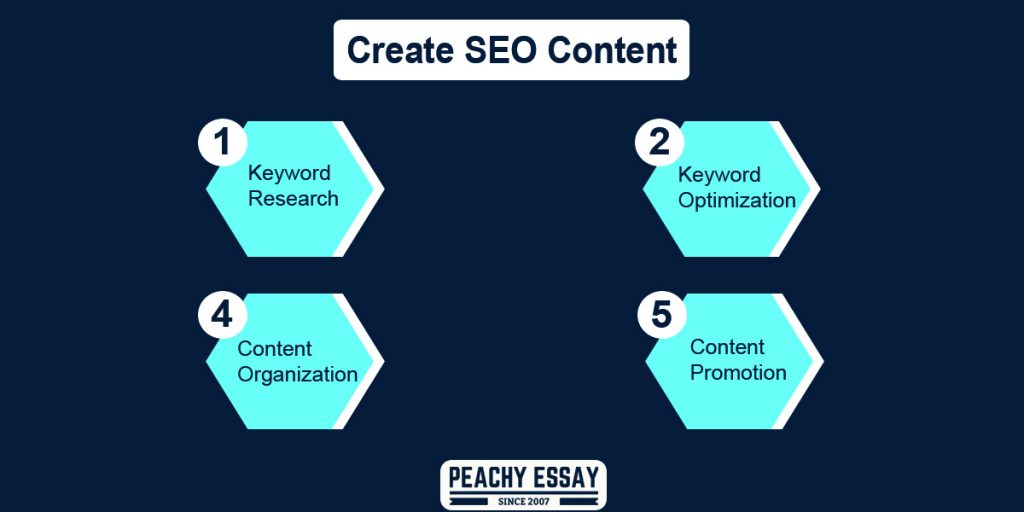
1. Keyword Research
If you need to get a lot of traffic through search, it’s ideal to do keyword research before you begin composing. Thusly, you can zero in on keywords for which a specific measure of search volume as of now exists – as such, compose toward points (or discover keyword specialties!) that individuals are now looking for data about.
2. Keyword Optimization
Know where and how to utilize keywords in your content for the greatest accessibility.
3. Content Organization
The content on your site should be coordinated in a sensible manner. This isn’t just useful for SEO, it additionally helps guests on your site find other related content without any problem.
4. Content Promotion
Increase visibility to new content you make by sharing it on informal communities and building links to your content (both internally and from external sites).
How Do You Put Keywords in an Article?
The reason for enhancing articles for SEO is to enable your content to get found naturally via web crawlers. You may have composed the most astonishing bit of content on the planet; however, in the event that it isn’t appearing on web indexes, you will be missing that article’s maximum capacity. At the point when you put time and cash into composing great content, you need to ensure it has the most obvious opportunity conceivable of being fruitful.
Here are some SEO articles composing rules and tips to help outline how to utilize keywords in an article accurately and boost your presence on internet searcher results pages (SERPs).
1. Focus the Articles around 1 Primary Keyword Phrase
With SEO article composing, the best practice is to focus on a blog post or article around 1 catchphrase state. One of the primary explanations behind this has less to do with SEO and more to do with how the content is at first made.
Not exclusively does this rule help the author; however, it encourages the reader to all the more likely comprehend the central matter of the data being introduced and makes the site content considerably more pertinent to what exactly individuals are looking for. It’s totally fine to pepper in a couple of other related keywords inside your SEO web content, however, toning it down would be best for this situation with regards to importance and keywords.
2. Insert Related Keyword Phrases
These linked keyword phrases are otherwise called auxiliary keywords. Auxiliary keywords should be firmly identified with your essential keyword so that embeddings them into your SEO article composing doesn’t change the focal point of the article, but instead fortifies the essential catchphrase’s core interest.
3. Use Keywords in Headers
Whenever you’ve set up your essential and optional keywords, the following best SEO article composing tip is to use those keywords in your headers. Headers signify to both reader and web indexes that the content contained in them is significant for exploring the SEO article. Headers have an alternate HTML tag than passage text, so it’s a simple marker for web indexes to use to inform significance.
Thus, it’s particularly useful to ensure your primary keyword is in at any rate a couple of headers and afterward perhaps a secondary keyword or two in any leftover headers. Once more, you don’t need your secondary keyword to overwhelm the significance of your primary keyword in your article composing, so make a point to organize them in a specific order.
4. Use Keywords Naturally in SEO Article Content
Using keywords naturally will make your content read naturally, flow excellently, and impress the readers.
5. Don’t Keyword Stuff
I truly feel compelled to pressure this as much as possible. Keyword stuffing is ravenous and eventually awkward for both the reader and the web index attempting to crawl it. For the individuals who need a token of what keyword stuffing is, it’s an old SEO practice of improperly placing your objective keyword in your composed content many times. It’s anything but difficult to spot and much simpler to detest.
Website optimization Content Writing Tips
A decent connection between SEO and incredible content is fundamental! Here are 10 hints on the best way to compose SEO content to make your content go further and upgrade your SEO endeavors simultaneously.
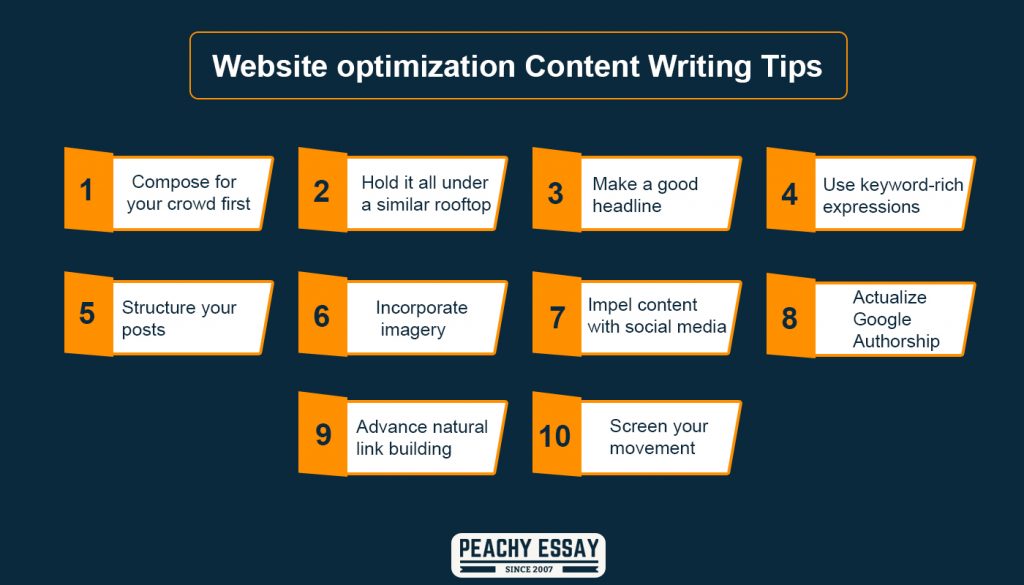
1. Compose for your crowd first
This SEO composing tip is number one on purpose. It appears to be simple enough, yet endless organizations make content for some unacceptable reasons. Compose content that offers to the interests of your objective market or answers their inquiries. Not all presents require to be about your item or administration, yet they all should be industry related. Stand up for yourself and your organization as a specialist in your industry by composing SEO-friendly content that is fascinating and educational, and show improvement over your opposition.
2. Hold it all under a similar rooftop
Get the credit and traffic your site merits by holding your unique content under your own space name. That implies if you have a blog quit facilitating with WordPress or Blogger and host the blog in a subfolder on your own domain. Any time you have an occasion to feature different types of unique content like recordings, infographics, or whitepapers, try to insert them onto your site also and share from that point.
3. Make a good headline
You have an extremely short measure of text to establish a major connection. So don’t belittle the intensity of a powerful feature! Compose features that are clear, intriguing and utilize rich keywords. Notwithstanding an extraordinary feature, likewise, ensure your meta depictions are intriguing and further expound on the subject of your article. Remember that your title and meta depiction are what appear in the list items, so make the most of them!
4. Use keyword-rich expressions
Utilize significant keyword-rich expressions in your headlines just as all through your content to tell both your readers and the web crawlers what is the issue here. However, be careful, such a large number of keywords won’t just mood killer your readers yet can bring about web index punishments for keyword stuffing. Use keyword mindfully and sparingly, adhering to a more natural feel. Notwithstanding utilizing keywords all through the body of your post, exploit blog labels by labeling a couple of pertinent keywords for each post; most broad online journals have labeling capacities previously implicit.
5. Structure your posts
The content of your post might be incredible yet can be effortlessly lost in a disorderly, wasteful arrangement. Separating your content into more modest sections with features makes for a simple read that will keep your readers locked in. For the web indexes, back-end association is key as well. Utilizing appropriate label order when labeling headlines (H1 for titles, H2 for captions) is critical to keep up an all-around organized article.
6. Incorporate imagery
Make your posts fly with pictures! Individuals like visual things. Adding a picture alongside your blog post can establish a major connection. Notwithstanding advancing your sites over your other web-based media channels, posts with pictures can likewise be stuck, adding another road for traffic to your site.
7. Impel content with social media
Social media is a useful asset that can help increment the range of your content and advance sharing. Post each new article via online media destinations and in discussions, utilizing drawing in depictions and a source of inspiration. Since the intensity of online media lies in sharing, it’s additionally critical to have share catches on every one of your blog posts.
8. Actualize Google Authorship
Google Authorship is a speedy and simple approach to attach content to a specific creator, all you require is a Google+ account. Thus, your articles come up as rich bits in the list items highlighting the writer’s photograph alongside the article title. Google Authorship is extraordinary for individual advancement, yet can likewise build the active visitor clicking percentage to your articles. In case you’re a creator, figure out how to set up Authorship for your site.
9. Advance natural link building
Link building has made considerable progress since the times of link purchasing and link farms, yet interfaces are as yet a significant positioning variable for SEO. Connecting to your own articles or site in your post guarantees a connection back to your site if your article is gotten by another site. If you get imaginative with different kinds of content like infographics and recordings, adding an insert code on your site assists with advancing content sharing and furthermore adds a connection back to the first source. Making extraordinary content helps increment the sharability and the probability that different sites will connect to it, so focus on quality!
10. Screen your movement
Keep steady over your SEO content by checking your efforts. Google Analytics is a simple and free approach to follow your online visits and the normal time spent on a page. Check things like your skip rate and time nearby to get a thought of how clients interface with your site subsequent to arriving on your content. If you see a high drop off notwithstanding a low normal time spent on the page, that means that your content wasn’t applicable to what they were searching for, or more awful, wasn’t intriguing. Likewise, investigate the number of social collaborations (shares, likes, and so on ) to get a thought of the virality of your post. Simply taking a look at these straightforward measurements can give you a smart thought of which content pieces are generally welcomed and preferred so you can reproduce that sort of content not far off.
How to Write SEO Articles in Four Easy Steps
Many content scholars battle to get thoughtfulness regarding posts on their organization’s blog. They compose the best of them, they attempt to pick points their crowd would cherish, they do everything they can to make their writings intriguing and valuable simultaneously.
Here are the SEO Optimization tips to support you.
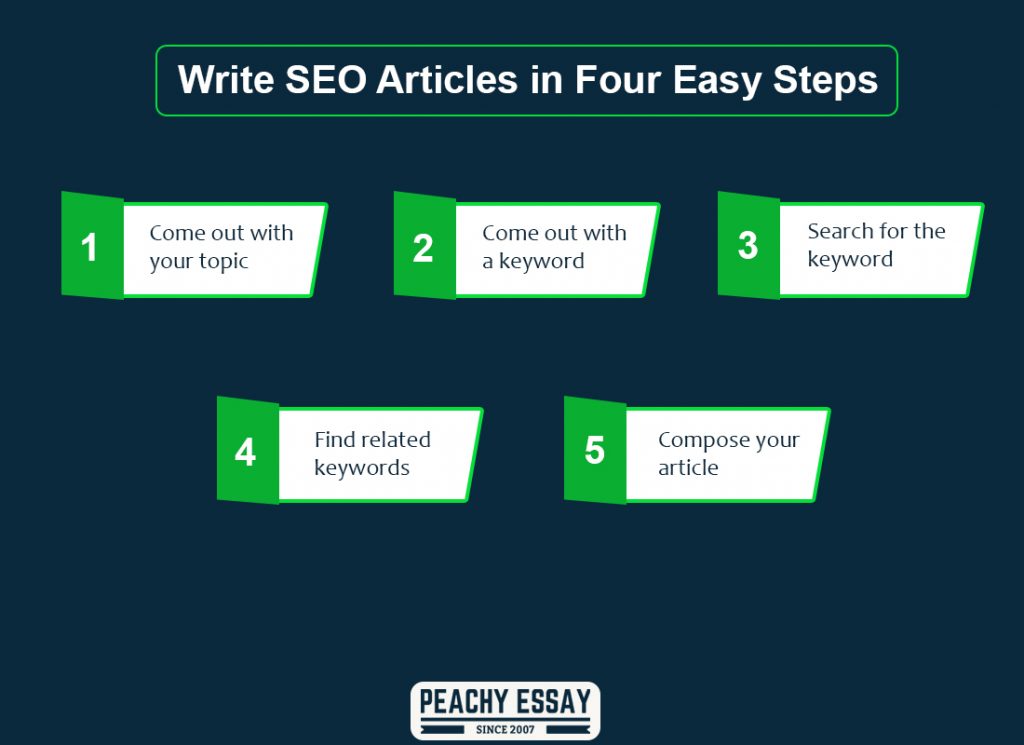
1. Come out with your topic
If you read about SEO, you realize that you should discover your keyword first. Yet, searching for your keywords without having a topic as a top priority resembles searching for a needle in a haystack.
Consider a point your clients may like, a subject you believe is significant for you or something that worked for your opposition. It doesn’t make a difference if you picked a subject somebody previously expounded on, as long as you remain unique.
2. Come out with a keyword
We should check the keyword search volume first. You can check it by means of the Keyword Planner which is free, yet you can likewise buy a serious application, such as Semrush.
3. Search for the keyword with legitimate inquiry volume
The issue with the Keyword Planner is that it doesn’t give you point by point data about the inquiry volume (except if you have your business account associated with it). That is one reason why I suggest utilizing further developed instruments like Semrush. Here’s the manner by which such inquiry looks like in their application:
4. Find related keywords
Related keywords can assist you with situating your article higher in Google list items, which is the reason it’s critical to remember several of them for your article.
5. Compose your article
Presently, when you have every one of your keywords, you can begin composing. Add these keywords multiple times, yet don’t try too hard. It must be a bit of good composition, not an SEO-stuffed manner.




